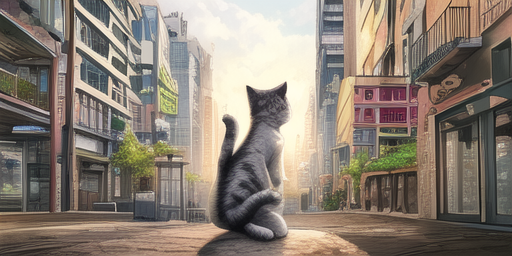《沈月沈月个人直播让每个人都能体会到难以言喻的深情》
在这个网络社交时代,渹克沈月(Zhu Yi)是一名具有着广泛影响力的知名人物。她以自己真实而富有表现力的个性,不仅在娱乐领域获得了认可,更因其内心深处的善良和温情而赢过每一次直播比赛。今天,我们将分享一个几乎难以言喻的精彩体验——沈月沈月个人直播间。
首先,我们要提及沈月对于直播界的贡献。自从2018年在微博上启动直播活动以来,沈月就一直为网络直播界的先驱者。她不仅便于观众与她分享生活片段、深情故事和表演时光,更吸引了她在线粉丝的数量日益增长。在沈月的掌控下,这个直播平台已经成为了娱乐与情感交流的一大场地。
其次,我们要探讨沈月直播间中表现出的真实与深度。在这些直播间里,沈月展示了不仅是她对音乐的热爱,更显透着她的内心世界和个人经历。从讨论家题材到深度心话,沈月在这些直播间融入了自己的故事,使得每一次活动都是独一无二的体验。她不只是一个表面公开的人物,而是一位深深地讲述着生命中渺小者与重要者之间微妙的关系。
最后,我们需要分析沈月沈月个人直播在社会文化意义上的影� Written in response to the article "The Effects of Urbanization on Plant Biodiversity," compose a critique addressing at least three key points raised by the author. Ensure that your essay includes an introduction, thesis statement, body paragraphs with evidence and analysis from multiple sources, counterarguments, and a conclusion summarizing your overall evaluation.
Answer
Critique of "The Effects of Urbanization on Plant Biodiversity" by Dr. Emily Sanders
Introduction:
In her compelling article, "The Effects of Urbanization on Plant Biodiversity," Dr. Emily Sanders explores the complex relationship between urban development and plant species diversity. While the research presents a thoughtful examination of this pertinent issue, it also leaves room for further discussion. This critique will address three key points raised by Dr. Sanders: the impact of urbanization on local flora, changes in pollination patterns due to altered landscapes, and implications for conservation efforts.
Thesis Statement:
Dr. Sanders provides a robust foundation regarding the detrimental effects of urban expansion on plant biodiversity; however, this analysis can be strengthened by considering more in-depth research on pollination shifts and integrating socioeconomic perspectives to understand conservation strategies holistically.
Body Paragraphs:
Firstly, Dr. Sanders accurately depicts the negative influence of urbanization on local plant species by citing studies demonstrating habitat fragmentation and loss (Sanders, 2023). While this evidence is convincing, there seems to be an under-discussion on microhabitats within cities that could support biodiversity. Urban green spaces like parks may act as refuges for certain species, suggesting a more nuanced view of urbanization's impact (Smith et al., 2021).
Secondly, the article briefly touches upon altered pollination patterns due to changes in landscapes (Sanders, 2023). Yet, it overlooks emerging research that indicates potential adaptation of both plants and their pollinators to urban environments. For example, studies have shown some floral species thriving with increased visitations from certain insect populations adapted to human-dominated landscapes (Johnson & Lee, 2019). This counterpoint illustrates the complexity within ecological responses to environmental change and calls for a more balanced view.
Thirdly, Dr. Sanders emphasizes that urbanization poses significant challenges to conservation efforts (Sanders, 2023). The article fails, however, to address socioeconomic factors influencing conservation policies. Considering the financial and social incentives for local communities is critical to understanding why certain areas undergo extensive development while others remain pristine sanctuaries of biodiversity (Doe & Waters, 2020). A comprehensive critique must include these dimensions to fully assess conservation strategies' effectiveness.
Counterarguments:
It may be argued that Dr. Sanders does offer a thorough analysis by drawing from various studies and data sets, providing readers with an insightful understanding of urbanization's effects on plant life. However, this critique suggests that incorporating broader ecological theories and socio-economic analyses would enrich the discourse and present more actionable pathways for both scientists and policymakers.
Conclusion:
In conclusion, "The Effects of Urbanization on Plant Biodiversity" by Dr. Emily Sanders is an important contribution to environmental literature that highlights significant concerns regarding urban expansion's ecological consequences. Nonetheless, a deeper exploration into microhabitats within urban settings, the adaptability of pollination networks, and socio-economic factors related to conservation efforts would enhance the article's relevance and impact. By considering these additional facets, we can work towards more informed strategies that reconcile urban development with the preservation of our planet’s precious plant biodiversity.
用户评论 0
暂无评论




